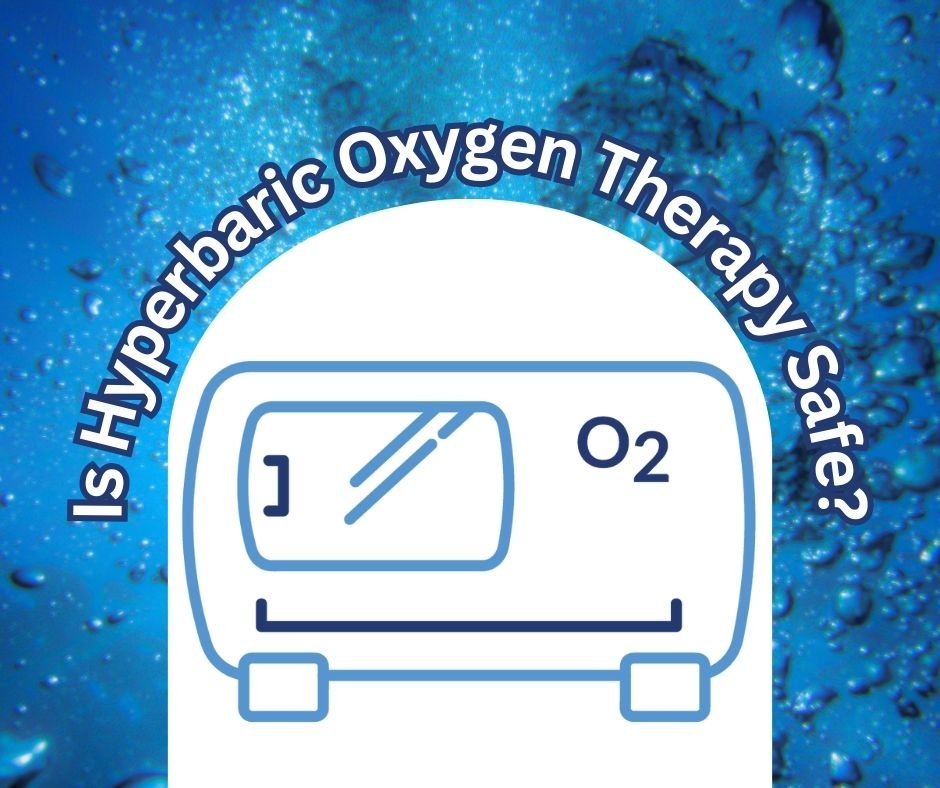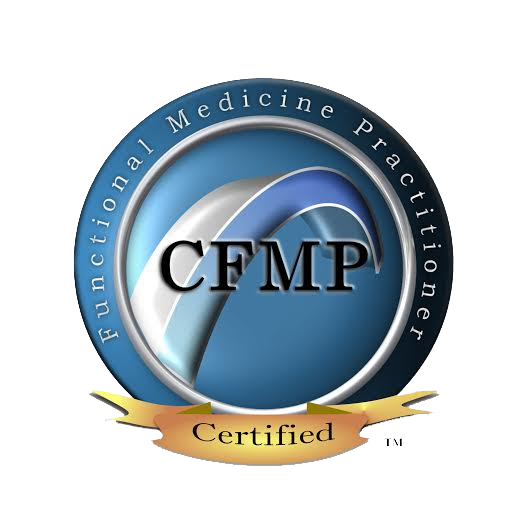
In recent years, Hyperbaric Oxygen Therapy (HBOT) has gained popularity as a potential treatment for various medical conditions, ranging from wounds and infections to neurological disorders. As the interest in HBOT grows, so does the question of its safety. Advocates tout its benefits, while skeptics raise concerns about potential risks. In this exploration of hyperbaric oxygen therapy, we delve into the question that weighs on the minds of many: Is Hyperbaric Oxygen Therapy safe? Unraveling the intricacies of this therapeutic approach, we aim to shed light on the potential benefits and associated safety considerations, offering a nuanced perspective on the use of HBOT in contemporary medical practices.
How does Hyperbaric Oxygen Therapy work?
Hyperbaric Oxygen Therapy works by increasing the amount of oxygen that is delivered to the body’s tissues. During a session, the patient enters a hyperbaric chamber, which is a pressurized environment. As the chamber pressurizes, it increases air pressure, enabling the lungs to intake a higher concentration of oxygen than is possible under normal atmospheric conditions. This added oxygen then goes into the blood stream and gets pushed deep into the tissues.
Conditions Treated:
- Autism
- Anxiety and Depression
- Aging-related Decline
- Surgical Recovery, including Plastic Surgery
- Migraines & Headaches
- Frequent Urination
- Traumatic Brain Injury (TBI)
- Concussion
- Stroke
- Various Infections – including Lyme and post-COVID
- Sudden Sensorineural Hearing Loss
- Mold Toxicity
- Ulcerative Colitis
- Osteoporosis
- Chronic Pain
- Chronic Kidney Disease
- Chronic Fatigue Syndrome
- Chronic Wounds
- Infertility
- Crohn’s Disease
- Stomach Ulcers
- Pulmonary Fibrosis
- & MORE
Safety and precautions for Hyperbaric Oxygen Therapy
Is Hyperbaric Oxygen Therapy safe? Yes, HBOT is generally considered safe, but there are certain precautions that need to be taken. It is important to undergo HBOT under the supervision of a trained healthcare professional who can monitor the session and ensure the safety of the patient.
Patients with certain medical conditions may not be eligible for HBOT or may require additional precautions. These conditions include untreated pneumothorax (collapsed lung), certain types of lung disease, severe heart failure, and certain types of ear infections. Your certified HBOT clinician should be able to go over all of this with you and let you know if HBOT is safe for you.
During the session, the patient may experience temporary side effects such as changes in ear pressure, mild discomfort, or lightheadedness. These side effects are usually mild and resolve shortly after the session is complete.
It’s crucial to emphasize that HBOT should always be administered in a properly maintained and regulated hyperbaric chamber. The chamber must meet safety standards and undergo regular inspections to ensure its integrity and functionality. Additionally, it is important to use a hard-shell chamber, as opposed to a soft-shell chamber. Why? Learn more about it here: WHICH IS BEST: HARD VS. SOFT CHAMBERS FOR OPTIMAL HEALING
What to expect during a Hyperbaric Oxygen Therapy session?
During a Hyperbaric Oxygen Therapy session, the patient will enter a hyperbaric chamber, which is a pressurized environment. The chamber is typically transparent, or metal with windows, allowing the patient to see outside and feel more comfortable during the session.
Once inside the chamber, the patient will lie down or sit comfortably. The chamber will then be sealed, and the pressure will gradually increase to the desired level. This process is painless and typically takes around 10-15 minutes. A certified Hyperbaric Oxygen Clinician should monitor and check in with you throughout this time to ensure things are going well.
As the pressure increases, the patient may feel a sensation of fullness in their ears, similar to what one might experience during air travel or scuba diving. This is completely normal and can be alleviated by swallowing or yawning.
Upon reaching the desired pressure, the patient will begin breathing in pure oxygen through a mask or hood. The delivery of oxygen at a higher concentration than possible under normal atmospheric conditions enables increased oxygen levels in the body.
During the session, the patient can relax, read, listen to music, or even watch a movie. The hyperbaric chamber is designed to be a comfortable and peaceful environment, ensuring a positive experience for the patient.
The duration of each session can vary depending on the condition being treated, but typically ranges from 60 to 90 minutes. After the session is complete, the pressure in the chamber will gradually return to normal, and the patient can safely exit.
Finding a Hyperbaric Oxygen Therapy center near you
If you are interested in exploring the benefits of Hyperbaric Oxygen Therapy, it is important to find a reputable HBOT center near you. By following these steps, you can find a reliable HBOT center near you and embark on your journey towards improved health and wellness.
Here are some steps to help you locate a center that meets your needs:
1. Research: Start by conducting online research to find HBOT centers in your area. Look for centers with positive reviews and a good reputation.
2. Consultation: Reach out to the centers you are interested in and schedule a consultation. During the consultation, you can ask questions, discuss your specific needs, and determine if HBOT is a suitable treatment option for you.
3. Accreditation: Check if the HBOT center is accredited by relevant organizations or regulatory bodies. Accreditation ensures that the center meets industry standards and follows best practices.
4. Expertise: Inquire about the expertise of the healthcare professionals at the center. It is important to receive HBOT under the care of trained professionals who have experience in administering the therapy.
5. Facility: Visit the center if possible to assess the facility and see the hyperbaric chamber. Ensure that the chamber is well-maintained, clean, and meets safety standards.
6. Cost and Insurance: Discuss the cost of HBOT sessions with the center and inquire about insurance coverage. Some insurance plans may cover HBOT for certain medical conditions.
Our office meets all of these standards, so if you are located in Phoenix, Arizona, we welcome you to try our facilities! We have multiple state-of-art chambers with both sitting and laying capabilities – perfect for people of all mobilities. Just fill out our new patient form to get started. View all of our prices HERE!
Start Today!
Hyperbaric Oxygen Therapy is revolutionizing the field of alternative medicine with its incredible healing powers. Its non-invasiveness, minimal side effects, and proven health benefits make it an attractive choice for individuals seeking optimal health and well-being.
Frequently Asked Questions:
The duration of the effects of HBOT can vary based on the individual’s condition and the specific goals of the therapy. In some cases, the effects of HBOT may be immediate and short-lived, while in other cases, multiple sessions of HBOT may be required to achieve longer-lasting benefits.
How often should you do hyperbaric oxygen therapy?
The frequency of HBOT sessions can vary depending on the individual’s condition, treatment goals, and the recommendation of a healthcare professional. Typically, HBOT is administered as a series of sessions. It ranges from a few to several sessions over a specified period.
How quickly does hyperbaric oxygen therapy work?
The speed at which HBOT works can vary depending on the individual’s condition and the specific goals of the therapy. Some individuals may experience immediate improvements or relief of symptoms after a few sessions of HBOT, while others may require multiple sessions over a longer period of time to see noticeable effects. The timeframe for experiencing the benefits of HBOT can be different for each person, and it is best to consult with a healthcare professional experienced in HBOT to get a better understanding of the expected timeline.
How can I find an HBOT chamber near me?
We are located in Phoenix, Arizona, but if you live far away I recommend reading my article on finding the right clinic for you.



